- Benefits of Phytophthora-Resistant Tomatoes
- 1. Disease Prevention
- 2. Increased Yield
- 3. Cost Savings
- 4. Reduced Environmental Impact
- 5. Improved Shelf Life and Quality
- 6. Enhanced Food Security
- Conclusion
- Disease Prevention
- Increased Yield
- Growing Phytophthora-Resistant Tomatoes
- Introduction
- Choosing the Right Variety
- Preparing the Soil
- Planting
- Maintaining the plants
- Harvesting
- Conclusion
- Seed Selection
- Planting Techniques
- Caring for Phytophthora-Resistant Tomato Plants
- 1. Planting
- 2. Watering
- 3. Mulching
- 4. Fertilizing
- 5. Pruning and Support
- 6. Pest and Disease Control
- Watering
- Fertilizing
- 1. Soil Testing
- 2. Organic Fertilizers
- 3. Balanced Fertilizers
- 4. Timing
- 5. Mulching
- 6. Foliar Feeding
- Harvesting and Storing Phytophthora-Resistant Tomatoes
- Harvesting
- Storing
- “Question-Answer”
- What is Phytophthora?
- How do Phytophthora-resistant tomatoes help in disease-free crops?
- Are Phytophthora-resistant tomatoes safe for consumption?
- Are there any disadvantages of using Phytophthora-resistant tomatoes?
- Can Phytophthora-resistant tomatoes be grown in all climates?
- “Video” Urgently treat tomatoes with this, and there will be no late blight
Tomatoes are one of the most popular and widely cultivated crops in the world. They are also prone to various diseases, including Phytophthora infestans, a devastating pathogen that causes late blight. Late blight can quickly destroy entire tomato crops, leading to significant economic losses for farmers.
To combat this destructive disease, scientists have been working on developing Phytophthora-resistant tomato varieties. These resistant varieties are bred to withstand the attack of Phytophthora infestans and other related pathogens, reducing the need for chemical interventions and allowing for disease-free crops.
The development of Phytophthora-resistant tomatoes involves a combination of traditional breeding techniques and genetic engineering. Scientists identify wild tomato relatives that possess natural resistance to Phytophthora, and then crossbreed them with commercial tomato varieties to transfer the resistance genes. The resulting offspring are then further selected and tested for their resistance to the pathogen.
The use of resistant tomato varieties offers many benefits for both farmers and consumers. Farmers can significantly reduce the use of chemical fungicides, leading to cost savings and a more sustainable agricultural system. Disease-resistant tomatoes also have a longer shelf life, allowing for better transportation and storage. Consumers can enjoy healthier and safer tomatoes that are less likely to be contaminated with harmful chemicals.
Phytophthora-resistant tomatoes are not only beneficial for disease prevention, but they also contribute to overall biodiversity. By preserving and utilizing wild tomato relatives that possess natural resistance, scientists are able to maintain genetic diversity within tomato crops, making them more resilient to future diseases and environmental challenges.
With the development and adoption of Phytophthora-resistant tomato varieties, farmers can now have greater peace of mind knowing that their crops are protected against one of the most destructive tomato diseases. This innovation in agricultural science represents a step forward in achieving sustainable and disease-free tomato cultivation.
Benefits of Phytophthora-Resistant Tomatoes
In recent years, phytophthora has become a major concern for tomato growers, causing significant losses in crop yield and quality. However, the development of phytophthora-resistant tomatoes presents several benefits for both farmers and consumers.
1. Disease Prevention
Phytophthora-resistant tomatoes are specifically bred to be highly resistant to phytophthora, a group of destructive pathogens that cause root rot and foliar diseases. By planting resistant varieties, farmers can effectively prevent and reduce the incidence of phytophthora infections in their crops.
2. Increased Yield
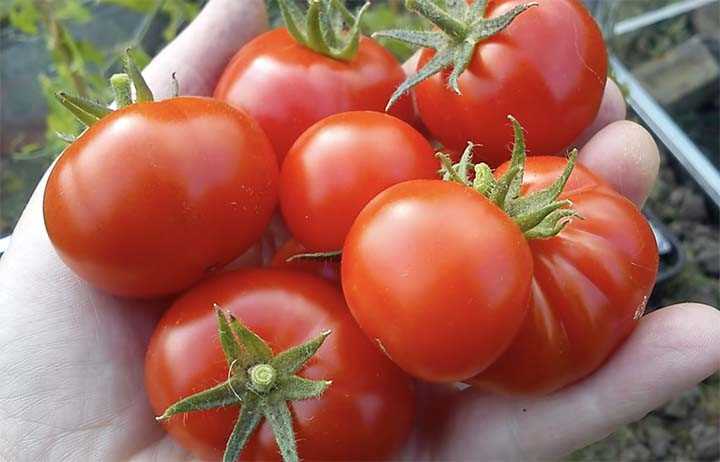
Phytophthora infections can severely impact tomato plant health, resulting in reduced yield and quality. With phytophthora-resistant tomatoes, farmers can ensure healthier plants and higher crop productivity. This increased yield not only benefits the farmers financially but also helps meet the growing demand for tomatoes in the market.
3. Cost Savings
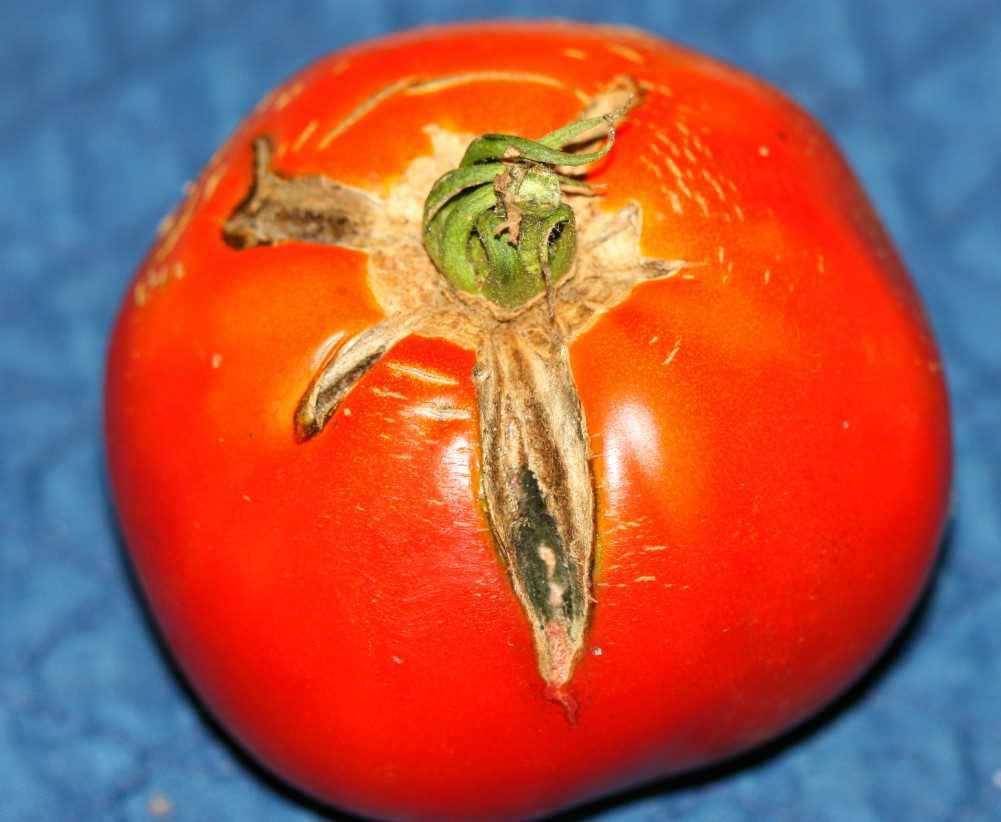
Controlling phytophthora infections often requires the use of fungicides and other chemical treatments, which can be expensive and time-consuming. By growing phytophthora-resistant tomatoes, farmers can reduce the need for these costly interventions, leading to significant cost savings in the long run.
4. Reduced Environmental Impact
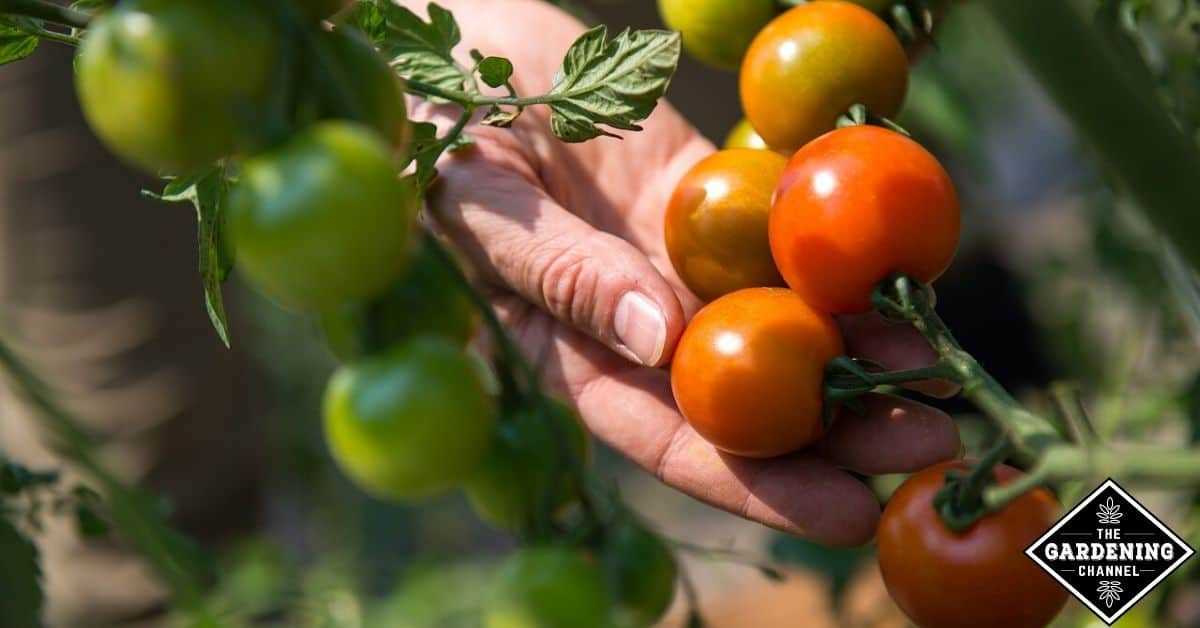
Chemical treatments used to control phytophthora can have negative environmental consequences, such as soil and water contamination. By relying less on these chemicals and choosing to grow phytophthora-resistant tomatoes, farmers can contribute to a more sustainable and environmentally friendly agricultural system.
5. Improved Shelf Life and Quality
Phytophthora-resistant tomatoes tend to have improved shelf life, as phytophthora infections can cause post-harvest rotting. Additionally, these tomatoes often exhibit better overall quality, such as improved taste, texture, and appearance, making them more appealing to consumers.
6. Enhanced Food Security
Phytophthora infections can devastate tomato crops and lead to food shortages. By growing phytophthora-resistant tomatoes, farmers can help ensure a more stable and reliable food supply, enhancing food security for communities and regions that heavily rely on tomatoes as a staple crop.
Conclusion
The development of phytophthora-resistant tomatoes offers numerous benefits for tomato growers and consumers alike. From disease prevention and increased yield to cost savings and improved quality, these resistant varieties play a significant role in ensuring disease-free and sustainable tomato production.
Disease Prevention
Disease prevention is a critical aspect of tomato farming, as it directly impacts crop yield and quality. Phytophthora, a devastating soil-borne pathogen, is a major concern for tomato growers. However, with the development of early harvest phytophthora-resistant tomatoes, disease-free crops are now achievable.
1. Crop Rotation
One effective method for disease prevention is crop rotation. By alternating tomato crops with non-susceptible plants, the build-up of soil-borne pathogens can be greatly reduced. Planting crops like legumes, grains, or leafy vegetables in between tomato harvests helps break the disease cycle and maintain soil health.
2. Sanitation
Good sanitation practices are crucial in preventing the spread of diseases. This includes regularly cleaning equipment, tools, and greenhouses to remove any potential sources of pathogens. Proper disposal of infected plant materials and regular removal of weed hosts can also help minimize disease transmission.
3. Resistant Varieties
Planting resistant tomato varieties is an effective strategy in disease prevention. Early harvest phytophthora-resistant tomatoes have been specially bred to have increased resistance to the pathogen. By choosing these varieties, growers can significantly reduce the risk of disease and achieve disease-free crops.
4. Proper Irrigation
Controlling moisture levels is essential for disease prevention. Overly wet conditions create an ideal environment for pathogens to thrive. It is important to implement proper irrigation techniques, such as drip irrigation or soaker hoses, to minimize excessive moisture on the leaves and soil surface.
5. Crop Monitoring
Frequent monitoring of the crop is essential to identify early signs of disease. Regularly inspecting plants for any abnormal growth, discoloration, or wilting can help detect diseases at their earliest stage. Prompt action, such as removing infected plants or applying appropriate fungicides, can prevent the further spread of pathogens.
Conclusion
Disease prevention is a critical component of successful tomato farming. By implementing crop rotation, maintaining good sanitation practices, planting resistant varieties, controlling moisture levels, and monitoring the crop, growers can achieve disease-free crops. The development of early harvest phytophthora-resistant tomatoes further enhances the potential for disease prevention in tomato farming.
Increased Yield
One of the key advantages of using phytophthora-resistant tomatoes is the potential for increased yield. Phytophthora infestans, the pathogen that causes late blight, is a devastating disease that can significantly reduce tomato yields. Traditional tomato varieties are highly susceptible to late blight and often require frequent applications of fungicides to control the disease.
However, with phytophthora-resistant tomatoes, farmers can achieve higher yields without the need for excessive fungicide use. These tomatoes have been genetically engineered to express resistance to late blight, meaning they are able to withstand the pathogen’s attack and continue to grow and produce fruit.
By planting phytophthora-resistant tomatoes, farmers can avoid the yield losses caused by late blight and produce healthier and more abundant crops. This increased yield potential can have significant economic benefits for farmers, as they can sell more tomatoes and increase their profits.
In addition to the direct economic benefits, increased yield can also have positive impacts on food security. High-yielding crops can help meet the growing demand for tomatoes and ensure a stable food supply. This is especially important in regions where tomato production is a major source of income and nutrition.
Furthermore, increased yield can also contribute to sustainable agriculture practices. By growing more tomatoes per unit of land, farmers can reduce the need for land expansion and preserve natural habitats. This can help to mitigate deforestation and protect biodiversity.
| Advantages | Significance |
|---|---|
| Higher profits for farmers | Improves economic stability |
| Increased food security | Meets growing demand for tomatoes |
| Contribution to sustainable agriculture | Reduces land expansion and preserves biodiversity |
In conclusion, by cultivating phytophthora-resistant tomatoes, farmers can benefit from increased yield and enjoy the economic, social, and environmental advantages associated with high-yielding crops.
Growing Phytophthora-Resistant Tomatoes
Introduction
Phytophthora is a destructive disease that affects tomato plants, causing wilt, root rot, and eventually death. However, with the advancement of biotechnology, researchers have developed phytophthora-resistant tomato varieties that can resist and overcome this devastating disease. In this article, we will discuss the steps to grow phytophthora-resistant tomatoes and the benefits of cultivating these disease-resistant crops.
Choosing the Right Variety
When choosing phytophthora-resistant tomatoes, it is essential to select the appropriate variety for your region and growing conditions. Consult with local agricultural extension services, nurseries, or seed suppliers to identify the best options that are adapted to your climate, soil type, and disease pressure.
Preparing the Soil
Before planting phytophthora-resistant tomatoes, it is important to prepare the soil properly. Start by removing any weeds or debris from the planting area. Test the soil pH and make necessary adjustments to ensure it falls within the optimal range for tomato growth. Incorporate organic matter, such as compost or well-rotted manure, to improve soil fertility and drainage.
Planting
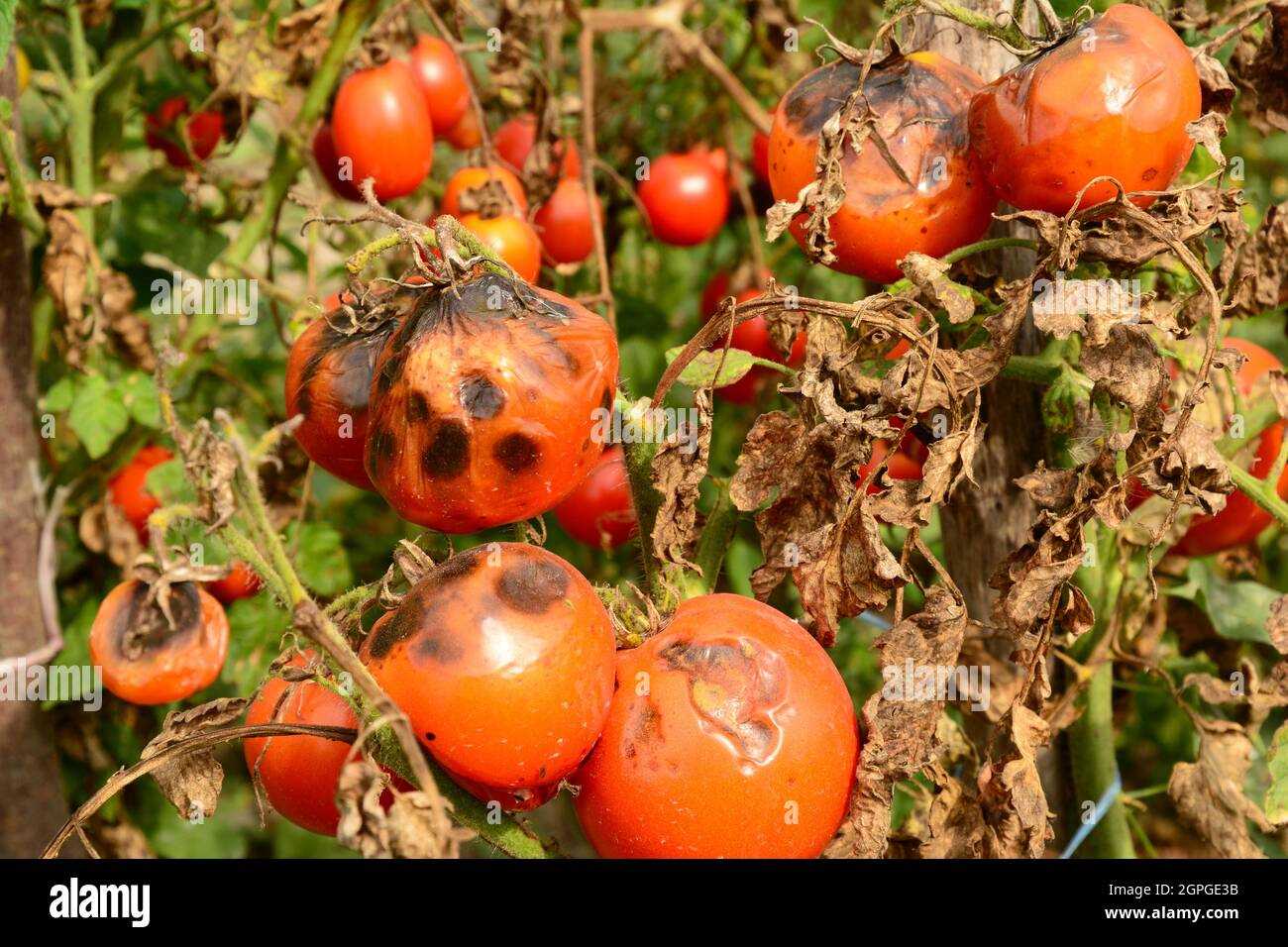
Plant phytophthora-resistant tomatoes after the danger of frost has passed and the soil has warmed up. Dig holes that are slightly larger than the rootball of each plant, ensuring proper spacing between plants to allow for good air circulation. Gently place the tomato plants into the holes, backfill with soil, and firm it gently around the base of the plants. Water thoroughly after planting.
Maintaining the plants
Regular care and maintenance are crucial for the successful growth of phytophthora-resistant tomatoes. Here are some important steps:
- Watering: Provide adequate moisture to the plants through regular and deep watering. Avoid overhead irrigation, as it can promote the spread of diseases.
- Fertilizing: Feed the plants with a balanced fertilizer that is rich in nitrogen, phosphorus, and potassium. Follow the recommended application rates and timing.
- Weed control: Keep the planting area free from weeds that can compete with the tomatoes for nutrients and water. Mulching can help suppress weed growth.
- Pruning: Remove any suckers or side branches that emerge from the leaf axils, as they can divert energy away from fruit production.
- Pest and disease management: Monitor the plants regularly for any signs of pests or diseases. Take appropriate measures, such as applying organic insecticides or fungicides, if necessary.
Harvesting
Phytophthora-resistant tomatoes typically reach maturity and are ready for harvest within 60-90 days, depending on the variety. The fruits should be firm, fully colored, and have a glossy appearance. Gently twist or cut the fruits from the vine, being careful not to damage the plant. Store the harvested tomatoes in a cool, dark place for optimal shelf life.
Conclusion
Growing phytophthora-resistant tomatoes offers an effective solution to combat the devastating effects of this disease. By following the proper steps for selecting and cultivating these disease-resistant varieties, farmers and gardeners can enjoy healthy tomato plants and a bountiful harvest. Remember to consult local agricultural experts for specific guidance in your region and happy planting!
Seed Selection
Choosing the right seeds is crucial in the cultivation of disease-free crops. When selecting tomato seeds, there are several key factors to consider:
- Disease Resistance: Look for tomato varieties that are resistant to the phytophthora pathogen. These varieties have been specifically bred to withstand the disease and are less prone to infections.
- Yield Potential: Consider the yield potential of the tomato variety. Look for seeds that have a high yield potential to ensure a profitable harvest.
- Quality Traits: Pay attention to the quality traits of the tomato variety. Look for seeds that produce tomatoes with desirable traits such as taste, size, and color.
It is also important to source seeds from reputable suppliers or breeders. This ensures that you are getting high-quality seeds that are true to their desired traits and disease resistance. Additionally, it is recommended to keep records of seed sources and varieties to track performance and make informed decisions for future plantings.
Once the seeds have been selected, it is essential to follow proper seed handling and storage practices to maintain their viability and integrity. Proper storage conditions, such as temperature and humidity control, help prevent the seeds from losing their germination capacity.
| Factor | Description |
|---|---|
| Disease Resistance | Choose varieties that are resistant to phytophthora |
| Yield Potential | Look for seeds with high yield potential |
| Quality Traits | Consider taste, size, and color of tomatoes produced |
Planting Techniques
Proper planting techniques can help ensure the success of growing phytophthora-resistant tomatoes. Here are some key steps to follow:
- Choose a suitable location: Select an area with good sunlight exposure and well-drained soil. Avoid areas with standing water or heavy clay soil.
- Prepare the soil: Prior to planting, prepare the soil by removing weeds, stones, and other debris. Loosen the soil to a depth of at least 12 inches and amend it with organic matter or compost to improve drainage and fertility.
- Test the soil: Conduct a soil test to determine its pH level and nutrient content. Adjust the pH if necessary to the recommended range of 6.0-7.0 for tomato plants.
- Choose healthy seedlings: Purchase or grow disease-free tomato seedlings that are resistant to phytophthora. Look for sturdy plants with green foliage and no signs of pests or diseases.
- Transplant the seedlings: Plant the tomato seedlings in the prepared soil, ensuring that the top of the root ball is level with or slightly above the soil surface. Space the plants at a recommended distance of 18-24 inches apart to allow for proper air circulation and prevent overcrowding.
- Provide support: Install stakes, cages, or trellises to support the tomato plants as they grow. This will help prevent the plants from sprawling on the ground and improve air circulation around the foliage.
- Water the plants: Water the tomato plants regularly, keeping the soil consistently moist but not waterlogged. Irrigate at the base of the plants to avoid wetting the foliage, which can promote disease development.
- Apply mulch: Apply a layer of organic mulch around the base of the tomato plants to help conserve moisture, suppress weeds, and regulate soil temperature.
- Maintain good hygiene: Practice good hygiene by removing any diseased or fallen plant material from the garden. Disinfect tools after use to prevent the spread of pathogens between plants.
Following these planting techniques can help create an optimal environment for phytophthora-resistant tomatoes to thrive and provide disease-free tomato crops.
Caring for Phytophthora-Resistant Tomato Plants
Phytophthora-resistant tomato plants are a great addition to any garden, as they provide disease-free crops and reduce the need for chemical treatments. To ensure the health and productivity of these plants, proper care and maintenance are essential. Here are some important tips on caring for phytophthora-resistant tomato plants:
1. Planting
- Choose a sunny location with well-drained soil for planting the phytophthora-resistant tomato plants.
- Prepare the soil by adding organic matter, such as compost, to improve its fertility and drainage.
- Plant the tomato plants at the recommended spacing, which is usually 18-24 inches apart.
- Water the plants thoroughly after planting to settle the soil and provide moisture for root establishment.
2. Watering
Proper watering is crucial for the health of phytophthora-resistant tomato plants. Here are some watering guidelines to follow:
- Water the plants deeply and infrequently, rather than shallowly and frequently, to encourage deep root growth.
- Aim to provide about 1-2 inches of water per week, either through rainfall or irrigation.
- Avoid overhead watering, as it can promote the spread of diseases. Instead, use drip irrigation or water the plants at the base.
- Monitor the soil moisture levels regularly and adjust the watering schedule accordingly.
3. Mulching
Applying mulch around the base of phytophthora-resistant tomato plants can offer several benefits:
- Mulch helps to conserve soil moisture and reduce weed competition.
- Choose organic mulch, such as straw or wood chips, and apply it to a depth of 2-3 inches.
- Avoid piling mulch against the stem of the plants, as it can create a favorable environment for pests and diseases.
4. Fertilizing
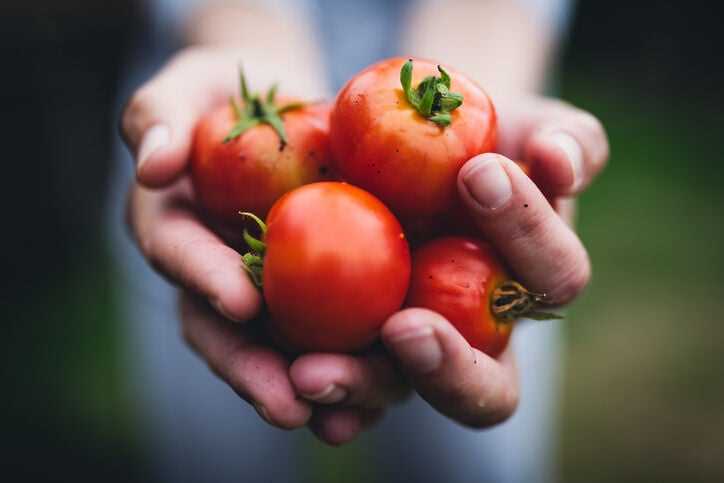
Fertilizing the phytophthora-resistant tomato plants is important for their growth and productivity. Here are some guidelines for fertilization:
- Before planting, incorporate a balanced fertilizer into the soil according to the package instructions.
- During the growing season, provide additional fertilizer every 4-6 weeks to support plant growth.
- Use a fertilizer high in phosphorus and potassium to promote fruit development and disease resistance.
- Avoid excessive nitrogen fertilization, as it can result in lush foliage at the expense of fruit production.
5. Pruning and Support
Proper pruning and support can help maintain the shape and structure of the phytophthora-resistant tomato plants and improve air circulation. Here are some pruning and support tips:
- Remove any suckers that develop in the leaf axils to encourage the growth of a single main stem.
- Support the plants with stakes or cages to prevent them from sprawling on the ground.
- Regularly tie the main stem to the support as the plant grows, using soft ties or twine.
- Prune the lower leaves and branches that come into contact with the soil, as they can increase the risk of disease.
6. Pest and Disease Control
While phytophthora-resistant tomato plants have an increased resilience to Phytophthora disease, it is still important to monitor them for pests and diseases. Here are some control measures:
- Regularly inspect the plants for signs of pests, such as aphids or whiteflies, and remove them manually or use appropriate organic pest controls.
- If disease symptoms or other issues arise, consult a local extension service or agriculture professional for guidance on appropriate treatments.
- Practice crop rotation by avoiding planting tomatoes or other susceptible solanaceous plants in the same spot for consecutive seasons.
- Sanitize tools and equipment between uses to prevent the spread of pathogens.
By following these care guidelines, you can ensure the health and productivity of your phytophthora-resistant tomato plants, enjoying disease-free crops and a bountiful harvest.
Watering
Proper watering is crucial for the growth and development of phytophthora-resistant tomatoes. Here are some guidelines to ensure that your crops receive adequate water:
- Consistent watering: Water your plants regularly and consistently to avoid water stress. Young plants require more frequent watering compared to mature plants. Aim to keep the soil consistently moist but not waterlogged.
- Deep watering: Water deeply to encourage the roots to grow deeper into the soil. This will help the plants access water even during dry periods.
- Mulching: Apply a layer of organic mulch around the base of the plants to help retain moisture in the soil. Mulch also acts as a barrier, preventing weed growth and reducing the evaporation rate.
- Early morning watering: Water your plants in the early morning to give them ample time to dry. Wet leaves for an extended period can increase the risk of fungal diseases.
- Avoid overhead watering: Try to avoid watering the foliage, as this can promote the spread of diseases. Instead, use drip irrigation or direct the water to the base of the plants.
- Monitor soil moisture: Regularly check the moisture level of the soil by sticking your finger into the ground. If the top inch of soil feels dry, it’s time to water.
- Adapt to weather conditions: Adjust your watering schedule based on the weather conditions. During hot and dry periods, you may need to water more frequently, while in cooler and rainy weather, you can reduce the frequency.
By following these watering practices, you can provide your phytophthora-resistant tomatoes with the necessary moisture for healthy growth and disease-free crops.
Fertilizing
Fertilizing is an essential aspect of growing disease-resistant tomatoes. By providing proper nutrition to the plants, we can promote their growth and enhance their ability to resist diseases caused by Phytophthora. Here are some key points to consider when fertilizing:
1. Soil Testing
Before applying fertilizers, it is important to test the soil to determine its nutrient levels. Soil testing will help you understand which nutrients are deficient, allowing you to adjust your fertilization program accordingly.
2. Organic Fertilizers
Using organic fertilizers is recommended as they improve soil fertility and promote overall plant health. Organic fertilizers, such as compost, manure, and bone meal, release nutrients slowly, providing a steady supply of nourishment to the plants.
3. Balanced Fertilizers
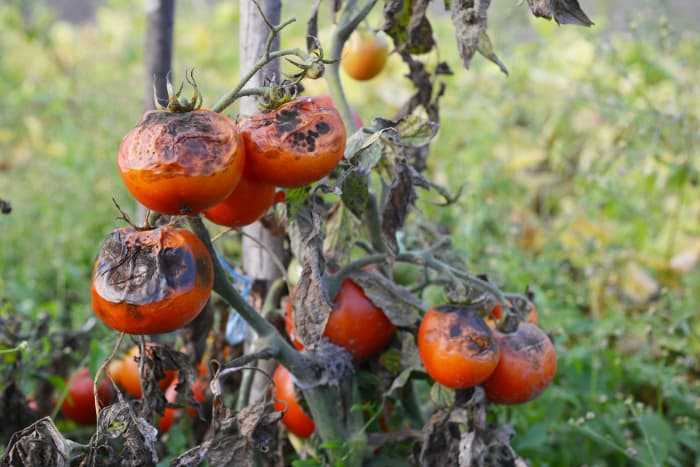
Choose a balanced fertilizer that contains a mix of essential nutrients like nitrogen, phosphorus, and potassium. A balanced fertilizer will provide the necessary nourishment for healthy plant growth and disease resistance.
4. Timing
Timing is crucial when applying fertilizers. It is best to apply fertilizers before planting or during the early stages of growth to ensure that the nutrients are readily available to the plants. Avoid excessive fertilization, as it can lead to nutrient runoff and environmental pollution.
5. Mulching
Mulching with organic materials, such as straw or wood chips, can help retain moisture in the soil and reduce the need for excessive fertilization. Mulch also breaks down over time, adding organic matter and nutrients to the soil.
6. Foliar Feeding
In addition to soil fertilization, foliar feeding can be beneficial. Spraying a nutrient-rich solution directly onto the leaves can provide a quick boost of nutrients, especially during periods of high demand or stress.
Remember to follow the instructions provided by the fertilizer manufacturer and adjust the application rates based on your soil’s nutrient needs. By providing the right nutrients at the right time, you can help your disease-resistant tomatoes thrive and achieve optimal productivity.
Harvesting and Storing Phytophthora-Resistant Tomatoes
Harvesting and storing phytophthora-resistant tomatoes is an important step in maintaining the quality and disease-free status of the crop. Here are some guidelines to follow:
Harvesting
- Harvest tomatoes when they have reached their proper ripeness. This can be determined by their color, firmness, and size. Ripe tomatoes are typically deep red in color and slightly soft to the touch.
- Use clean and sanitized tools when harvesting tomatoes to prevent the spread of pathogens. This includes using sharp knives or scissors to cut the stems, rather than pulling or twisting the fruits off the plant.
- Handle tomatoes with care to avoid bruising or damaging them, as this can lead to rot or decay during storage.
- Remove any diseased or damaged tomatoes from the plant to prevent the spread of disease.
Storing
- Wash the harvested tomatoes gently with clean water to remove any dirt or debris.
- Dry the tomatoes thoroughly with a soft cloth or paper towel to remove excess moisture.
- Sort tomatoes based on their size and quality. Discard any tomatoes that show signs of disease or decay.
- Store tomatoes in a cool and dry place to extend their shelf life. A temperature of around 55 to 60 degrees Fahrenheit (12-15 degrees Celsius) is ideal.
- Avoid storing tomatoes in direct sunlight or in areas with high humidity, as this can accelerate the ripening process and increase the risk of spoilage.
- Consider storing tomatoes in a single layer to prevent them from crushing each other.
- Regularly check stored tomatoes for any signs of spoilage. If you notice any rotting or mold growth, remove the affected tomatoes immediately to prevent the spread of disease.
Following these guidelines can help you enjoy disease-free phytophthora-resistant tomatoes for an extended period. Remember to always prioritize cleanliness and preventive measures to ensure the safety and quality of your crop.
“Question-Answer”
What is Phytophthora?
Phytophthora is a genus of plant-pathogenic oomycetes, which are similar to fungi. They are responsible for causing plant diseases, including a devastating disease in tomatoes called late blight.
How do Phytophthora-resistant tomatoes help in disease-free crops?
Phytophthora-resistant tomatoes are genetically modified to be resistant to the Phytophthora pathogen, specifically the one that causes late blight. By planting these resistant tomatoes, farmers can prevent the disease from spreading to their crops, leading to disease-free crops.
Are Phytophthora-resistant tomatoes safe for consumption?
Yes, Phytophthora-resistant tomatoes have been extensively tested and are considered safe for consumption. They have undergone rigorous testing to ensure that they are as safe and nutritious as traditional tomatoes.
Are there any disadvantages of using Phytophthora-resistant tomatoes?
While Phytophthora-resistant tomatoes offer significant advantages in disease prevention, there are a few potential disadvantages to consider. One concern is the possible impact on biodiversity, as the introduction of genetically modified crops can affect the natural ecosystem. Additionally, there may be public concerns regarding the safety and long-term effects of consuming genetically modified tomatoes, although extensive testing has been conducted to address these concerns.
Can Phytophthora-resistant tomatoes be grown in all climates?
Phytophthora-resistant tomatoes can be grown in a variety of climates, but they still require suitable growing conditions. Factors such as temperature, humidity, and sunlight play a crucial role in the successful cultivation of these tomatoes. It is important to choose tomato varieties that are specifically bred for the local climate and to provide the necessary care and maintenance to ensure optimal growth.







